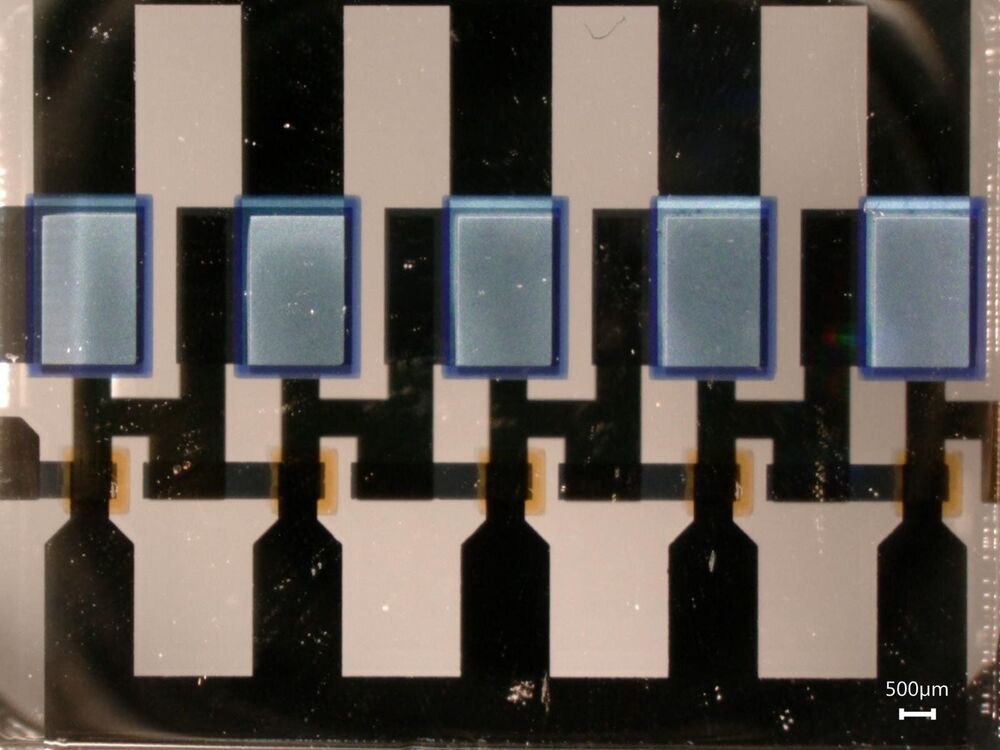Physicists of the Technische Universität Dresden introduce the first implementation of a complementary vertical organic transistor technology, which is able to operate at low voltage, with adjustable inverter properties, and a fall and rise time demonstrated in inverter and ring-oscillator circuits of less than 10 nanoseconds, respectively. With this new technology they are just a stone’s throw away from the commercialization of efficient, flexible and printable electronics of the future. Their groundbreaking findings are published in the renowned journal Nature Electronics.
Poor performance is still impeding the commercialization of flexible and printable electronics. Hence, the development of low-voltage, high-gain, and high-frequency complementary circuits is seen as one of the most important targets of research. High-frequency logic circuits, such as inverter circuits and oscillators with low power consumption and fast response time, are the essential building blocks for large-area, low power-consumption, flexible and printable electronics of the future. The research group “Organic Devices and Systems” (ODS) at the Institute of Applied Physics (IAP) at TU Dresden headed by Dr. Hans Kleemann is working on the development of novel organic materials and devices for high performance, flexible and possibly even biocompatible electronics and optoelectronics. Increasing the performance of organic circuits is one of the key challenges in their research. It was only some month ago, when Ph.D.
